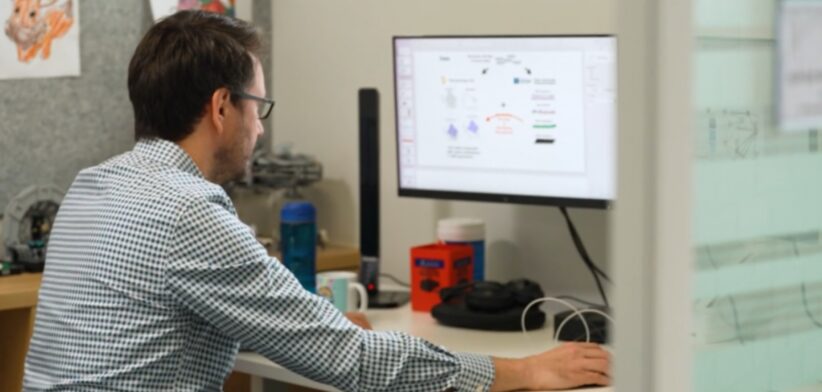Artificial intelligence has been used to create digital twins of patients to predict the effectiveness of medical treatments.
Researchers from the University of Melbourne created the virtual representations of patients to anticipate individual health trajectories, with the development hailed a potential gamechanger for the clinical trial sector.
Lead researcher Associate Professor Michael Menden said three datasets containing thousands of electronic patient health records were used to train an existing large language model (LLM).
Associate Professor Menden said the AI model called DT-GPT, analysed medical data of patients with either Alzheimer’s disease or non-small cell lung cancer, as well as patients admitted to intensive care units.
He said the model created digital twins of these patients and forecasted how their health was likely to change over time under treatment, helping to predict the course of their disease.
“The model was able to make accurate predictions by utilising its pre-existing knowledge of medical literature and evaluating the patient’s medical histories including laboratory results, diagnoses, and treatments.”
Associate Professor Menden said the model wasn’t provided information on the health outcomes of the patients, allowing researchers to validate its predictions.
“For each patient, we created a virtual replica by initializing the model with their individual clinical profile.
“For example, we created virtual twins of 35,131 intensive care unit (ICU) patients and accurately predicted what would happen to their magnesium levels, oxygen saturation and their respiratory rate over a 24 hour period, based on their laboratory results from the previous day.”
He said overall, the DT-GPT model outperformed 14 other state-of-the-art machine learning models in predictive accuracy.
“This technology paves the way for a shift from reactive to predictive and personalized medicine.
“It could enable doctors to anticipate if their patient’s health will deteriorate so they can intervene earlier.”
Read the full study: Large language models forecast patient health trajectories enabling digital twins.








